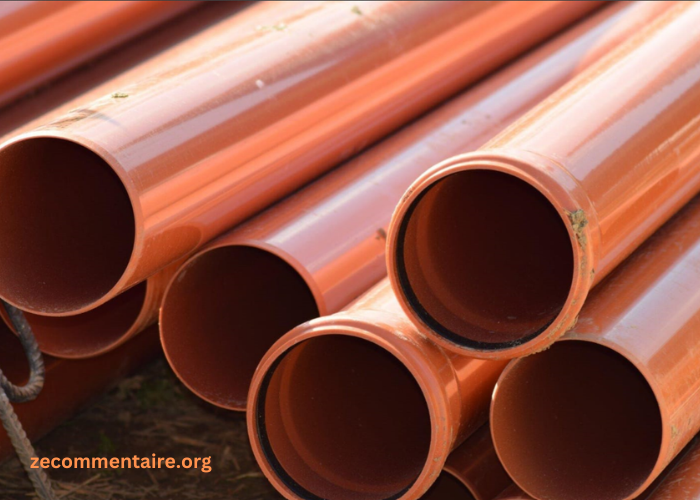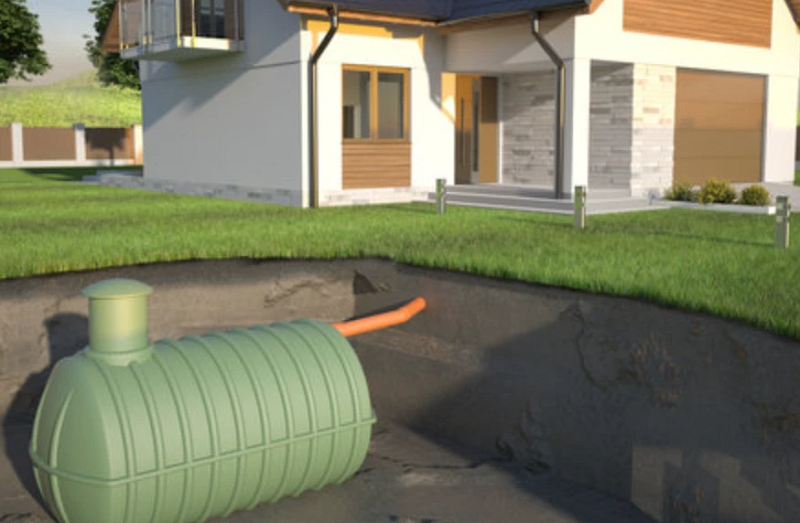Looking to improve your plumbing system?
It starts with using the right materials. Modern plumbing materials are built for better performance, longer life, and fewer maintenance issues.
Whether you’re starting from scratch or upgrading old pipes, knowing your options helps you plan smarter. Each material has its strengths and best use cases.
Below are key materials to consider for long-lasting plumbing performance.
Why Copper Still Matters
Copper remains a trusted material because of its strength and corrosion resistance. It’s often used in both hot and cold water lines. Modern copper tubing is lighter and easier to install than older versions.
It’s also resistant to bacterial buildup inside the pipes. Many homeowners still prefer it for visible areas because it looks clean and polished. If you’re repiping your home plumbing, copper is still worth considering.
Benefits of Using PEX
PEX has become popular for residential plumbing due to its flexibility and ease of use. It can bend around corners without extra fittings, which cuts down on labor time.
It’s also less likely to burst in freezing conditions. PEX resists scale and chlorine, helping maintain clean water flow.
The installation process is quiet and quick. It’s a great option for retrofitting older homes.
Choosing CPVC for Hot Water
PVC or Polyvinyl Chloride stands out for handling high temperatures better than standard plastic pipes. It’s a common choice for hot water lines in modern systems. It doesn’t corrode or pit like metal, which adds to its lifespan.
CPVC is also lightweight, making it easier to carry and install. Cutting and fitting it doesn’t require special tools. It’s ideal for areas where metal pipes aren’t practical.
Strength of HDPE Underground
HDPE is tough and flexible, which makes it perfect for underground water lines. It’s fused with heat, creating a leak-resistant seal. The material holds up well against shifting soil and root intrusion.
It’s also chemical-resistant, so it’s safe for drinking water. HDPE lasts for decades with minimal maintenance. It’s often used in larger properties and long runs.
Why PVC Works for Drains
PVC is widely used for drainage, waste, and vent systems. It’s affordable and easy to work with. PVC doesn’t rust or scale, which helps keep drains clear over time.
It’s lightweight and can be cut with basic tools. Its smooth interior allows for faster water flow. It’s a standard in both residential and commercial buildings.
When to Use Stainless Steel
Stainless steel is used in spots where strength and corrosion resistance matter most. It handles pressure and heat better than many other materials.
Though more expensive, it pays off in demanding environments. It’s common in industrial plumbing and some high-end residential systems.
Installation requires skill, but the results are long-lasting. It’s a smart pick for specific high-wear areas.
Use Modern Plumbing Materials for Long-lasting Performance
The right plumbing materials keep your system strong, safe, and efficient. Newer options are built to last and save time during installation.
Whether it’s a full remodel or small upgrade, knowing the differences helps avoid costly repairs later. Stick with materials that match your space and your water needs.
Good choices today lead to fewer problems tomorrow. Always think long-term when it comes to plumbing.
If this sparked your interest, the blog’s got plenty more.





